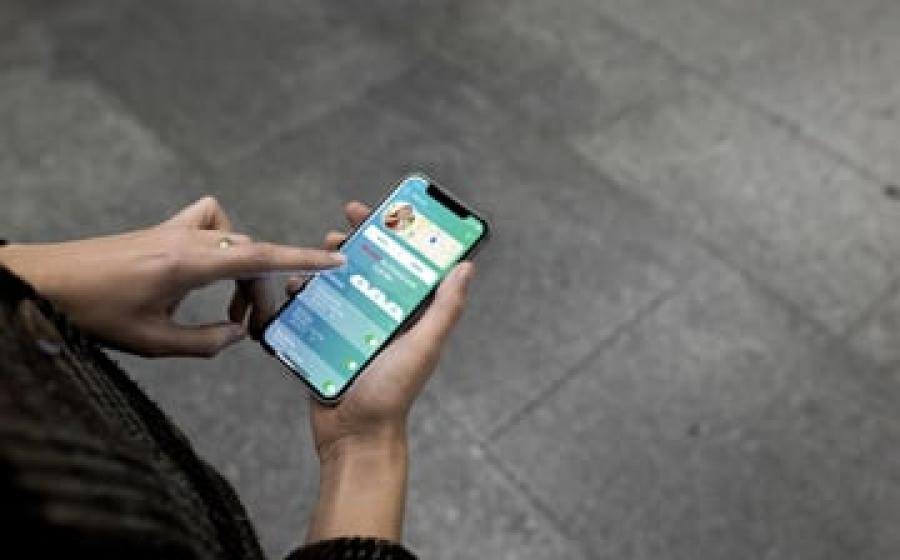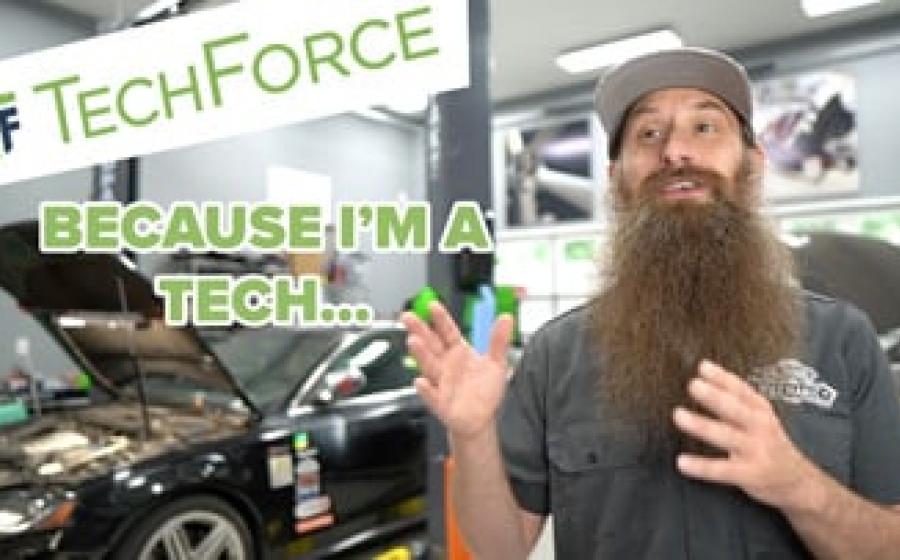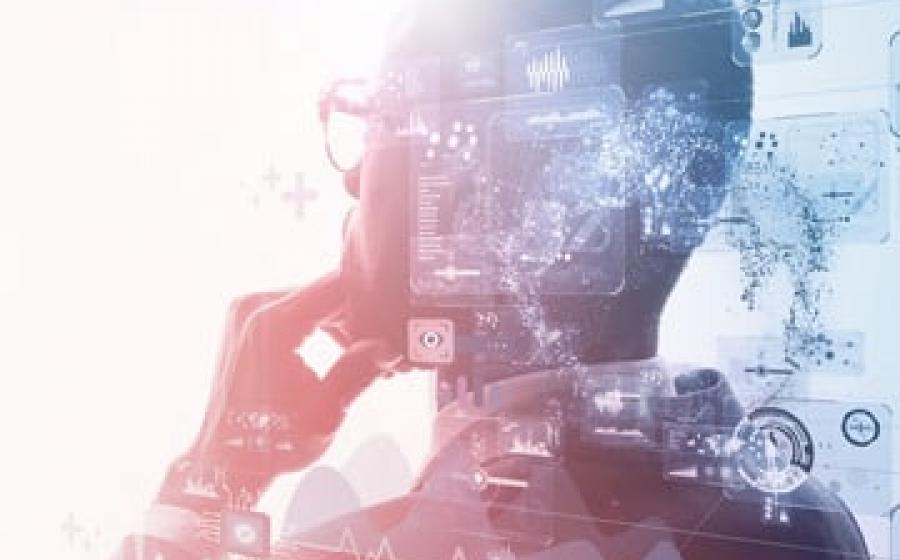Talend Survey Finds Executives Don’t Trust Or Understand Data
(NewsUSA) - (NewsUSA) -Despite being recognized as one of the most valuable assets in an organization, corporate data remains one of the least measured or understood. While decision makers have more access to data than ever before, there's little way to make sense of it. New research delves into the difference between executives who are data-driven, and those who are just data-saturated.
- (NewsUSA) -Despite being recognized as one of the most valuable assets in an organization, corporate data remains one of the least measured or understood. While decision makers have more access to data than ever before, there's little way to make sense of it. New research delves into the difference between executives who are data-driven, and those who are just data-saturated.
Talend's recently published 2021 Data Health Survey1 demonstrates clearly that business leaders understand the importance of data -- two-thirds report that they work with data every day. Yet, 78% of executives say they face challenges using their data, and 36% say most of their decisions are not based on data. Companies know that the path to the future depends on using data, but despite years of investments in modern data infrastructure, they struggle to put that data to use.
To survive in today's economy, every organization must become a data company. This is easier said than done. Only half of executives highly rate their company's ability to deliver even the basics: timely, accessible, complete, and accurate data.
Data management companies have been offering to solve these problems for years, but their solutions are focused only on the mechanics of data. Focusing on simply moving and storing more data means some of the basic components of data management are lost -- where is data coming from? Who has access to it? How accurate is it? To become data-driven, leaders need to know more about their data.
"Our relationship with data is unhealthy. Only 40% of executives always trust the data they work with, and more than a third of executives are still making decisions based on gut instincts," says Christal Bemont, CEO, Talend. "The reality of data is falling well short of the industry's vision. Data management, which largely focuses on moving and storing data, doesn't consider the overall health of data. Therefore, in trying to manage data, companies are in fact creating digital landfills of corporate information. This must change. Our vision of data health is the future because it recognizes fundamental standards for quality and reliability are critical for corporate survival."
Talend envisions data health as a holistic system of preventative measures, effective treatments, and a supportive culture to manage the well-being of corporate information actively. Data health will include monitoring and reporting capabilities to help organizations understand and communicate -- in a quantifiable way -- the reliability, risk, and return of this highly critical business asset.
The data integrity and integration company's customers report that focusing on data health delivers positive business results. "Without access to quality data on time, we could have never achieved the scale of analytics we are currently in," says Ranadip Dutta, solution architect manager at Lenovo. "We now have flexibility along with scalability."
For more information on the Talend Data Health Survey and data health, click here.
From March 24th to April 8th, 2021, Talend led a survey via Qualtrics of 529 global executives -- with titles ranging from director to the C-suite -- from medium and large companies making more than $10 million in annual revenue to assess their ability to make data-driven decisions.

 - Snibble, a next-generation social video platform that targets today's young adults, is partnering with NewsUSA TV to expand and cross-promote content and linear streaming in the U.S. and Canada.
- Snibble, a next-generation social video platform that targets today's young adults, is partnering with NewsUSA TV to expand and cross-promote content and linear streaming in the U.S. and Canada.
 - If your mental image of a robot in the home is limited to Rosie from the Jetsons, it's time to change your perspective.
- If your mental image of a robot in the home is limited to Rosie from the Jetsons, it's time to change your perspective.
 - As the world continues to navigate the COVID-19 pandemic, the role of the internet in our daily lives has grown exponentially. While many trends have come to light, one that stands out is the need for faster internet speeds in regions that have seen an influx of new residents. According to
- As the world continues to navigate the COVID-19 pandemic, the role of the internet in our daily lives has grown exponentially. While many trends have come to light, one that stands out is the need for faster internet speeds in regions that have seen an influx of new residents. According to
 - Every day, data and analytics touch our lives in ways that we can't begin to imagine. As an example, it can be seen when you log on to a video call, pay for your train ticket, or order your cappuccino using your phone. Or view spending trends on your bank account using an app or website. Data analytics are also at work in ways you don't see -- ways that make your life easier, safer, more convenient, and more fun -- especially when it comes to getting where you want to go. Indeed, data analytics reduce your travel time, manage traffic congestion, and create safer and more accessible ways to use public transit.
- Every day, data and analytics touch our lives in ways that we can't begin to imagine. As an example, it can be seen when you log on to a video call, pay for your train ticket, or order your cappuccino using your phone. Or view spending trends on your bank account using an app or website. Data analytics are also at work in ways you don't see -- ways that make your life easier, safer, more convenient, and more fun -- especially when it comes to getting where you want to go. Indeed, data analytics reduce your travel time, manage traffic congestion, and create safer and more accessible ways to use public transit.
 - Online technology has many potential benefits for children and teens, but recent news about online platforms contributing to physical and mental health issues highlight the importance of educating youth about smart internet use and good digital citizenship.
- Online technology has many potential benefits for children and teens, but recent news about online platforms contributing to physical and mental health issues highlight the importance of educating youth about smart internet use and good digital citizenship.
 - Data and analytics touch our lives every day. Sometimes, it is in ways you see, such as when you log on to a video call, pay for your bus ticket or order your latte using your phone. Or view spending trends on your bank account using an app or website. Data analytics are also at work in ways you don't see -- ways that make your life easier, safer, more convenient, and more fun -- especially when it comes to getting where you want to go. Indeed, data analytics are working tirelessly behind the scenes to help you reduce your travel time, make getting from point A to point B easier, manage traffic congestion, and create safer and more accessible ways to use public transit.
- Data and analytics touch our lives every day. Sometimes, it is in ways you see, such as when you log on to a video call, pay for your bus ticket or order your latte using your phone. Or view spending trends on your bank account using an app or website. Data analytics are also at work in ways you don't see -- ways that make your life easier, safer, more convenient, and more fun -- especially when it comes to getting where you want to go. Indeed, data analytics are working tirelessly behind the scenes to help you reduce your travel time, make getting from point A to point B easier, manage traffic congestion, and create safer and more accessible ways to use public transit.
 - The idea to build giant LED screens is not a new concept.
- The idea to build giant LED screens is not a new concept.
 - Transportation technology is critical to the American economy, as are the skilled technicians who help maintain steady supply chains and get goods where they need to go.
- Transportation technology is critical to the American economy, as are the skilled technicians who help maintain steady supply chains and get goods where they need to go.
 -Despite being recognized as one of the most valuable assets in an organization, corporate data remains one of the least measured or understood. While decision makers have more access to data than ever before, there's little way to make sense of it. New research delves into the difference between executives who are data-driven, and those who are just data-saturated.
-Despite being recognized as one of the most valuable assets in an organization, corporate data remains one of the least measured or understood. While decision makers have more access to data than ever before, there's little way to make sense of it. New research delves into the difference between executives who are data-driven, and those who are just data-saturated.
